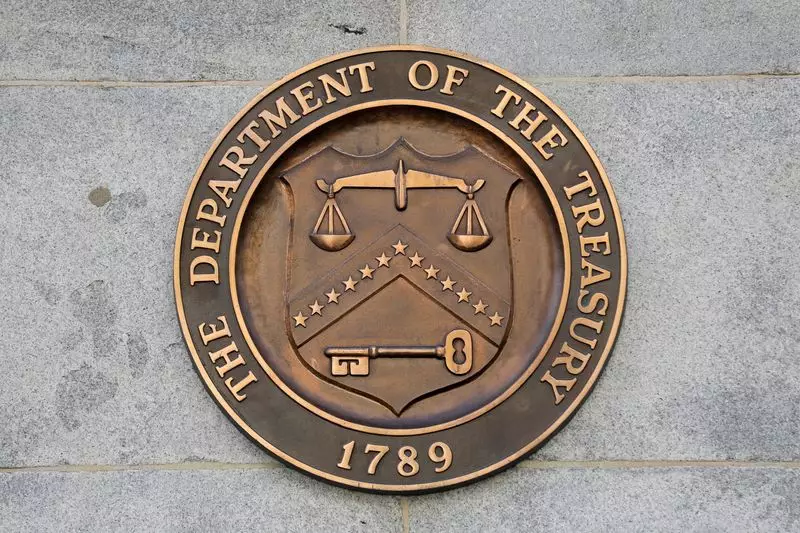In financial terminology, a “soft landing” signifies a scenario where an economy experiences a gradual slowdown without slipping into recession. This concept has gained traction among economists and analysts, particularly in the context of the U.S. economy, where signs of resilience have surfaced alongside concerns over inflation and Federal Reserve policy. According to BCA Research, recent positive economic indicators have driven the 10-year Treasury yield into what they term the “Soft Landing Zone.” This range, spanning from 3.80% to 4.83%, serves as a critical threshold reflecting conditions of moderate inflation and stable unemployment.
As the economy demonstrates signs of stability, investors may experience a mitigating effect on Treasury yields, even in the absence of a recession. The concept of the “Soft Landing Zone” indicates that the Treasury market could witness reduced volatility, as yields remain anchored in this range. With inflation potentially trending toward the Federal Reserve’s targeted 2%, market participants may find some solace, anticipating that any monetary policy adjustments from the Fed will lean toward easing rather than aggressive cuts seen during severe economic downturns.
BCA Research projects a gradual decline in Treasury yields over the coming year, assuming the economic landscape aligns with Federal Reserve forecasts. They anticipate significant decreases across various Treasury maturities, including a drop of the 10-year yield to approximately 3.84% and the 2-year yield to around 3.33%. Such forecasted changes imply a perception of stability among bondholders, who may benefit from a more favorable market environment characterized by easing pressure on yields driven by inflation fears.
Given the prospect of a soft landing, bond investors may increasingly consider tactical positioning in their portfolios. BCA positions suggest that maintaining durations above the benchmark and targeting specific trades such as the 2-year/10-year Treasury yield curve could yield rewards. Such strategies may capitalize on both the anticipated yield declines and the reduced risks associated with softer economic conditions.
Nevertheless, the analysts caution investors to remain vigilant. Should the Federal Reserve adopt a more hawkish stance—even in a soft-landing scenario—the yield curve might not only remain elevated but could breach critical thresholds. For instance, in such an environment, analysts believe the 10-year yield could escalate toward 4.63%, edging closer to what BCA refers to as the “Inflation Scare Zone.”
While the prospects of a soft landing introduce dialogue around stability in the Treasury market, the analysts highlight essential caveats. Preparedness for a multitude of market outcomes is crucial, especially in the face of inflation resurgence or unexpected labor market weakness. In these cases, Treasury yields could gravitate toward the “Recession Scare Zone,” necessitating more aggressive Federal Reserve responses.
While the outlook for a soft landing creates a promising backdrop for Treasury investors, it is vital to remain receptive to potential turbulence within the economic landscape. Crafting adaptable investment strategies that account for various scenarios will be imperative in navigating this evolving financial terrain. Understanding these dynamics will ultimately empower investors to make informed decisions, safeguarding their portfolios from shifts in economic realities.

